Architectural design has undergone a revolutionary transformation in recent decades, with technological advancements and the emergence of new materials altering the traditional landscape of the construction industry. Advanced materials play a crucial role in improving the quality of design and construction, enhancing the sustainability and efficiency of buildings. In this article, we will explore how these materials are shaping the future of building design and how they can make a significant impact on the world of architecture and construction.
Advanced Materials Revolutionizing the Construction World
1. Smart Glass
Smart glass is a prime example of how advanced materials are influencing building design. This type of glass can control its transparency, thermal insulation, and soundproofing capabilities based on user needs, improving energy efficiency and providing a comfortable environment.
2. Self-Healing Concrete
Traditional concrete is prone to cracking over time, but self-healing concrete contains components that automatically repair themselves when cracks appear. This extends the lifespan of buildings and reduces maintenance costs.
3. Processed Aluminum
Modern aluminum alloys are an ideal choice for lightweight, yet sturdy structures, allowing for innovative and distinctive architectural designs.
4. Composite Panels
These materials combine strength, flexibility, and lightness, making them perfect for various applications such as facades and roofs.
5. Technologically Processed Wood
Traditional wood has evolved through modern treatment technologies, making it more resistant to environmental factors and more sustainable.
The Impact of Advanced Materials on Engineering Design
1. Enhancing Sustainability
- The use of materials that reduce energy and water consumption.
- Providing better thermal and sound insulation, thus reducing the need for heating and cooling.
- Reducing carbon emissions through the use of recycled materials.
2. Enabling Complex Designs
New materials allow architects and engineers to push past traditional boundaries, whether through innovative geometric shapes or the integration of multiple materials.
3. Reducing Maintenance Costs
Advanced materials, such as self-healing concrete and corrosion-resistant panels, reduce costs associated with routine maintenance.
Real-Life Examples of Advanced Material Use
Modern Skyscrapers
Skyscrapers today rely on materials such as smart glass and processed aluminum to provide attractive designs with high energy efficiency.
Sustainable Buildings
Eco-friendly buildings use materials like integrated solar panels and smart glass to provide long-term sustainability.
Bridges and Large Structures
Technologies like ultra-high-performance concrete are used to build bridges and structures capable of supporting heavy loads with intricate engineering designs.
Technology and Materials: An Indivisible Pair
1. 3D Printing
3D printing has become an essential technology in construction, allowing the printing of entire components using advanced materials such as concrete and polymers.
2. Virtual Reality and Augmented Reality
Virtual and augmented reality technologies help engineers test the performance of different materials before implementation.
3. Artificial Intelligence and Data Analysis
Using AI technologies, engineers can select the optimal materials for each project based on data analysis of environmental and economic factors.
Arak’s Role in this Transformation
As a leading company in architectural design and project execution, Arak shadow relies on advanced materials to offer innovative solutions that combine aesthetic functionality and efficiency.
- Providing solutions based on smart glass to improve commercial and residential building performance.
- Using processed aluminum in facades and structures to offer aesthetic designs with long-lasting durability.
- Committing to sustainability standards in material selection for a brighter future.
Challenges of Using Advanced Materials
Despite the numerous advantages, there are some challenges when using advanced materials in construction:
- High Initial Costs: Advanced materials are often more expensive than traditional materials.
- Need for Advanced Technologies: Their use requires modern tools and equipment, increasing operational costs.
- Lack of Expertise: The workforce may require additional training to handle these materials effectively.
How to Overcome These Challenges?
- Investing in Research to develop more cost-effective and efficient materials.
- Collaborating with Universities and Research Centers to test new materials and improve manufacturing techniques.
- Training the Workforce to use these materials effectively.
The Promising Future of Advanced Materials in Building Design
Advanced materials represent not just incremental improvements but a true leap forward in how buildings are designed and constructed. As innovations continue, these materials will become more widespread and affordable, making them the first choice for architects and engineers worldwide.
The future holds boundless opportunities for designing buildings that combine beauty, functionality, and sustainability, all thanks to advanced materials that are changing the face of the construction industry.

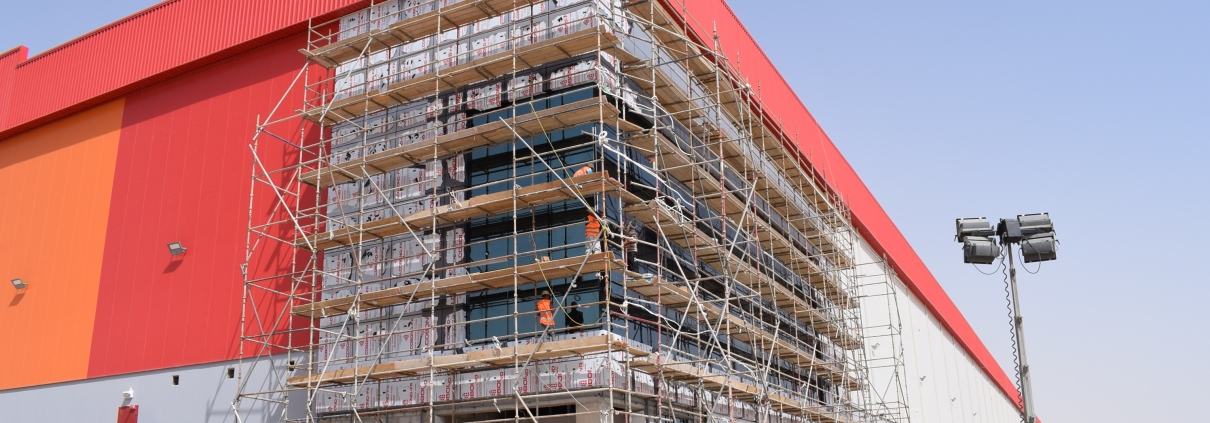
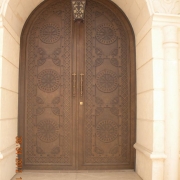
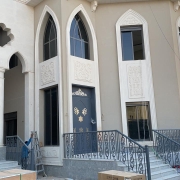



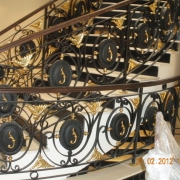

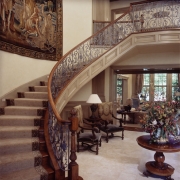


Leave a Reply
Want to join the discussion?Feel free to contribute!